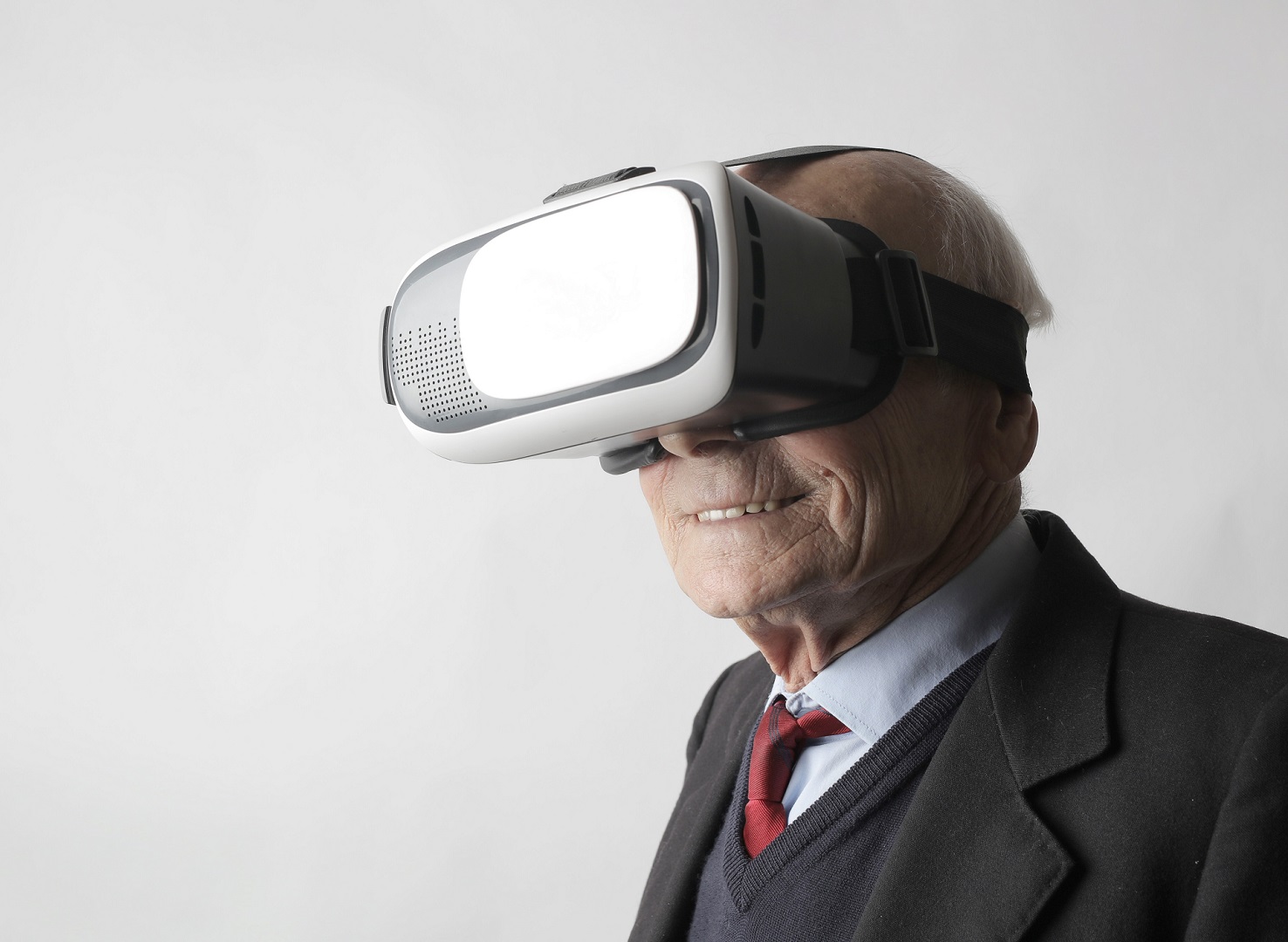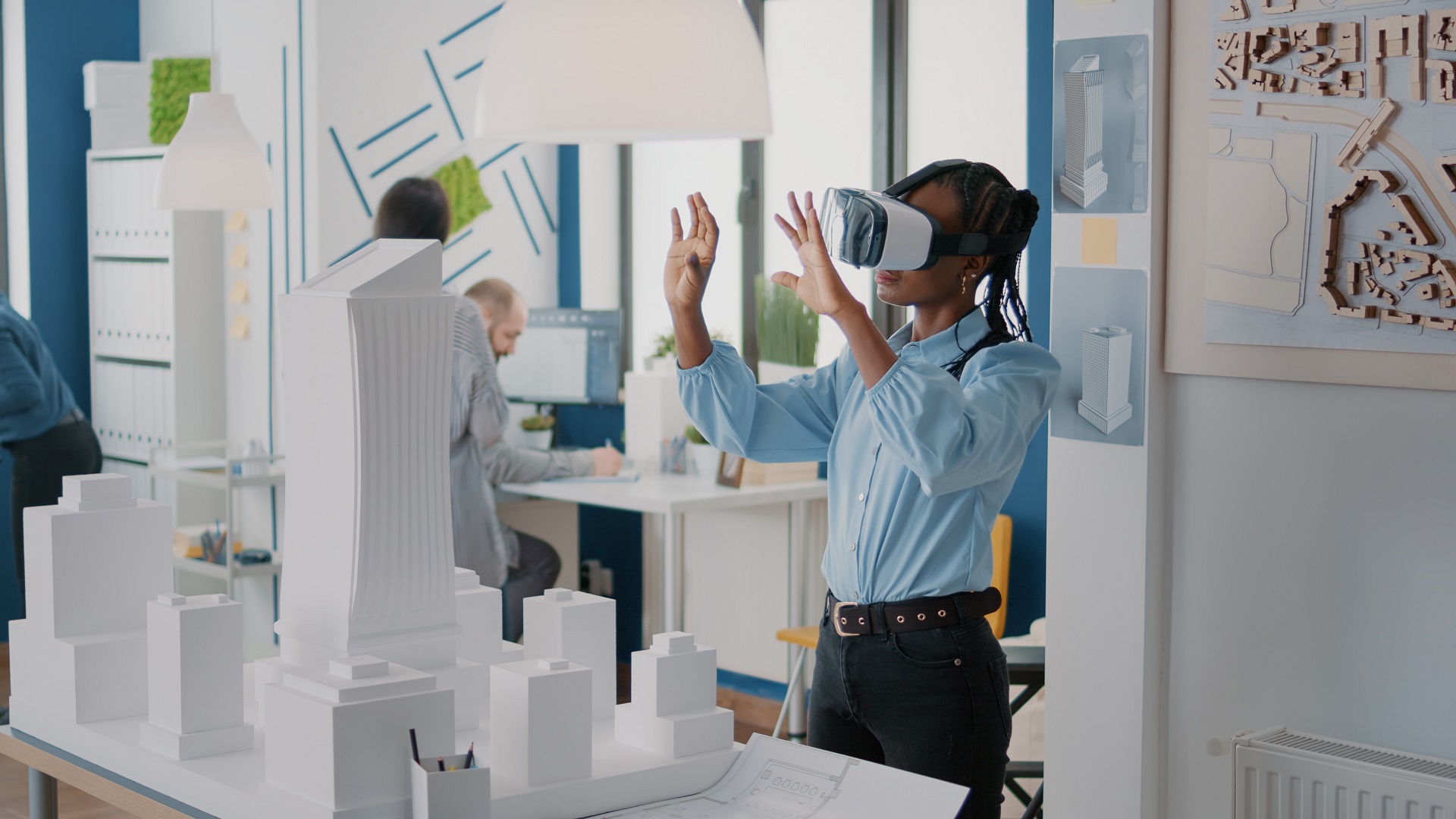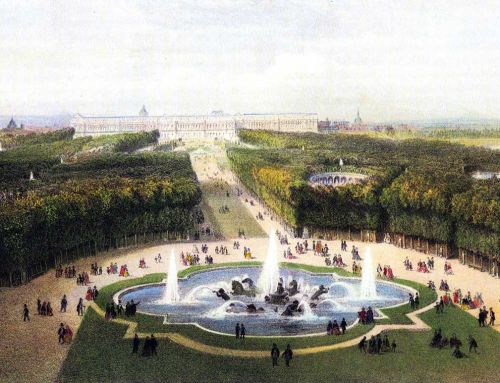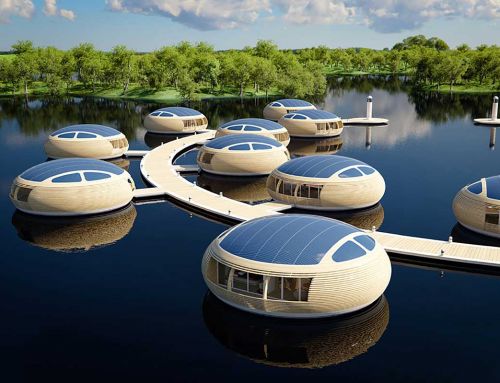When working with BIM (Building Information Modelling) methodology in architecture and construction, the process requires the creation of a three-dimensional model of the project. In the case of Amusement Logic, these are projects related to leisure and tourism, whether they are water or theme parks, hotels or resorts, campsites, shopping centres or others. Well, this three-dimensional model of the project, in addition to its design and construction, can also be used in Augmented Reality (AR) and/or Virtual Reality (VR).
AR is a system that superimposes digital information on the physical world in which we find ourselves. Therefore, thanks to AR we are able to visualise a construction in its real environment, even if it does not yet exist, or to check the progress of its construction and compare it with the model we have in BIM. This functionality is very useful for owners, architects and contractors, as it allows them to compare the real situation of the project with the forecasts from which it started before construction began.
VR allows us to replace the physical environment around us with a digital one. Thanks to it, for example, we have the possibility of holding a virtual meeting. This tool is used to represent possible solutions to a design problem, for example, and therefore makes it easier for everyone involved in the project to understand it intuitively, regardless of function, professional background or stage of the project. In addition, the hyper-realistic, interactive and immersive representation provided by VR aids effective communication between stakeholders, promotes client engagement and supports quality control.
Therefore, the use of AR and VR, in combination with BIM methodology, makes decision making more accurate and results, as far as Amusement Logic is concerned, in the efficiency of the construction of leisure and tourism projects such as water parks and recreational areas in campsites, hotels and resorts or shopping centres.
By José María Núñez, Senior Architect in Amusement Logic’s Architecture Department
RELATED STORIES
Newsletter





